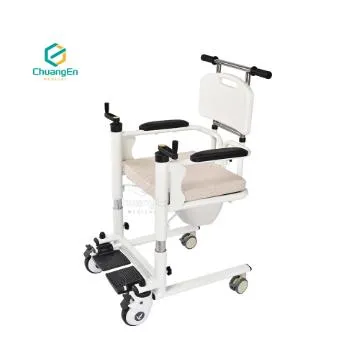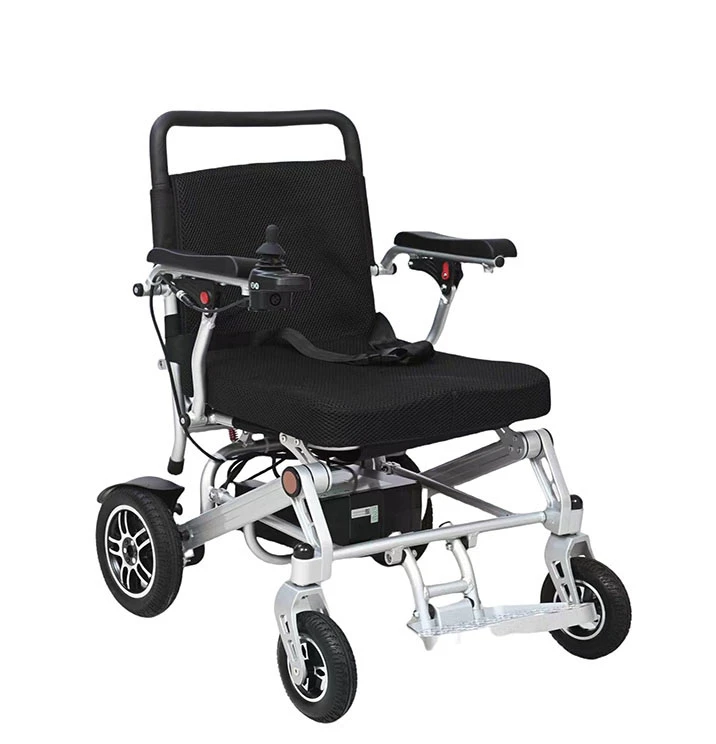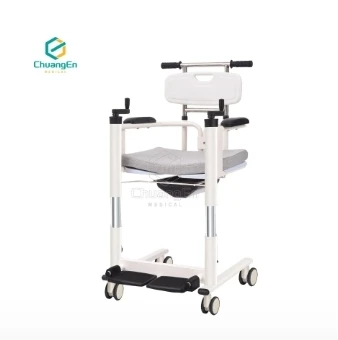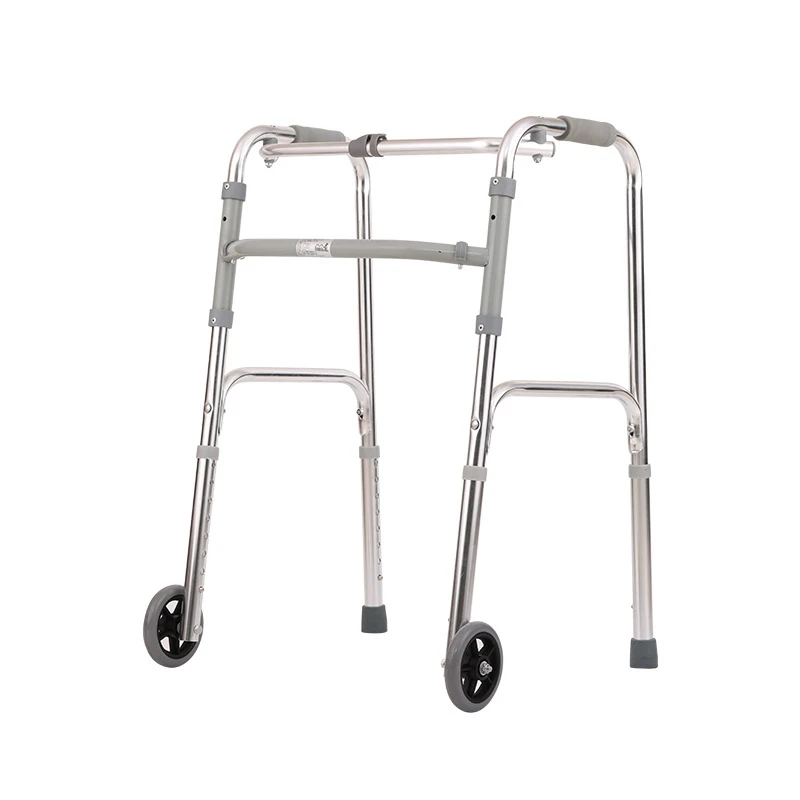The global demand for patient transfer chair systems and related mobility aids is surging, driven by aging populations, rehabilitation needs, and a growing emphasis on eco-conscious healthcare solutions. Innovations in materials and design are reshaping how devices like transfer lift chair models and patient lift transfer chair systems balance functionality with environmental responsibility. This article explores key market trends, sustainable practices, and material advancements defining the next generation of medical transfer chairs.

Patient Transfer Chair: Merging Ergonomics with Eco-Friendly Materials
Modern patient transfer chair designs prioritize lightweight, durable materials that reduce environmental impact without compromising safety. Aluminum alloys, recycled from industrial waste, are increasingly used for frames due to their corrosion resistance and recyclability. Seat surfaces now incorporate biodegradable fabrics, such as hemp-polyester blends, which offer breathability and reduce reliance on synthetic fibers.
A key trend is modularity—chairs designed for disassembly allow components like armrests or footplates to be replaced individually, minimizing waste. Recent breakthroughs include mycelium-based composites for non-load-bearing parts, which decompose naturally at the end of the product lifecycle. Additionally, plant-based polymers derived from cornstarch or sugarcane are replacing traditional plastics in non-structural parts, slashing carbon footprints. These innovations align with healthcare providers’ growing demand for patient transfer chair solutions that align with sustainability goals while ensuring patient comfort during transfers.
Transfer Lift Chair: Powering Mobility with Sustainable Engineering
The rise of electric transfer lift chair systems highlights the industry’s shift toward energy-efficient mobility solutions. Solar-charging compatibility is becoming standard in motorized models, reducing dependency on non-renewable power sources. Battery casings made from recycled aluminum or magnesium alloys ensure longevity while supporting circular economy principles.
Manufacturers are also adopting regenerative braking systems, which recapture energy during chair movement to extend battery life. Some models now integrate kinetic energy harvesters in wheels, converting motion into stored power for lighting or emergency alerts. Upholstery in these chairs often uses OEKO-TEX-certified fabrics, free from harmful chemicals and sourced through ethical supply chains. For caregivers, the reduced weight of transfer lift chair frames—achieved through hollow-tube aluminum designs—lowers physical strain, merging ergonomic benefits with eco-conscious production.
Transfer Chair Wheelchair: Hybrid Designs for Multifunctional Use
The transfer chair wheelchair category exemplifies the trend toward hybrid devices that serve multiple purposes. These chairs combine the portability of transfer aids with the autonomy of wheelchairs, often using bamboo-reinforced composites for frames to reduce weight and deforestation impacts. Advanced models feature phase-change materials in seat cushions, absorbing body heat to maintain optimal temperature during prolonged use. Cushions made from recycled memory foam or natural latex provide pressure relief while diverting waste from landfills.
Another innovation is the use of water-based adhesives and coatings, which eliminate volatile organic compounds (VOCs) during manufacturing. Removable, machine-washable seat covers made from organic cotton or recycled PET fibers further enhance sustainability. In regions with limited healthcare access, foldable transfer chair wheelchair designs are gaining traction for their space-saving benefits and ease of transport. As hospitals and home-care users seek versatile solutions, the transfer chair wheelchair market is poised to grow, driven by its dual focus on functionality and planet-friendly materials.
Patient Lift Transfer Chair: Safety Meets Circular Design
Heavy-duty patient lift transfer chair systems are adopting circular design principles to extend product lifecycles. Stainless steel components, known for durability and 100% recyclability, dominate frames in high-capacity models. Hydraulic lift mechanisms now integrate biodegradable lubricants, reducing environmental harm during maintenance.
Emerging trends include "chair-as-a-service" leasing models, where manufacturers retain ownership to refurbish and reuse components across multiple lifecycles. Cushioning materials like soy-based foams offer a renewable alternative to petroleum-derived foams, while antimicrobial copper-infused fabrics minimize infection risks without chemical treatments. To address waste, some manufacturers offer take-back programs, refurbishing old patient lift transfer chair units for resale or recycling parts into new products. In Europe, regulatory incentives for medical device recycling are accelerating adoption of these practices. These strategies not only reduce landfill contributions but also lower costs for long-term care facilities.
FAQS:About Sustainable Patient Transfer Chair Manufacturing
How do patient transfer chair designs incorporate recycled materials?
Frames often use post-consumer aluminum, while seat fabrics may blend recycled ocean plastics or discarded textiles in patient transfer chair models. Some brands now integrate reclaimed fishing nets into armrest polymers.
Are transfer lift chair systems energy-efficient?
Yes—many transfer lift chair models feature solar-compatible batteries and energy-recapture technologies like kinetic wheels to minimize power consumption.
Can a transfer chair wheelchair support outdoor use sustainably?
UV-resistant bamboo composites and rust-proof recycled metals make transfer chair wheelchair designs durable for outdoor environments. All-terrain tires made from recycled rubber enhance grip on uneven surfaces.
What eco-friendly materials are used in patient lift transfer chair upholstery?
Soy-based foams, organic cotton, and copper-infused fabrics are common in patient lift transfer chair systems. Newer designs experiment with algae-derived foams for cushioning.
How are manufacturers reducing waste in patient lift transfer chair production?
Modular designs, take-back programs, and water-based manufacturing processes help minimize waste. 3D printing now enables on-demand part production, eliminating overstock.
The medical transfer chair industry is at a crossroads, where innovation meets environmental stewardship. From patient transfer chair systems using biodegradable mycelium composites to patient lift transfer chair units powered by kinetic energy recovery, sustainability is no longer an afterthought—it’s a design imperative. Regional initiatives, such as Asia’s focus on bamboo-based materials and Europe’s circular economy mandates, are shaping global standards. As these practices gain traction, manufacturers are proving that eco-conscious choices can coexist with clinical efficacy. By prioritizing recyclable metals, renewable foams, and energy-efficient technologies, the sector is not only addressing today’s healthcare needs but also safeguarding tomorrow’s planet.







